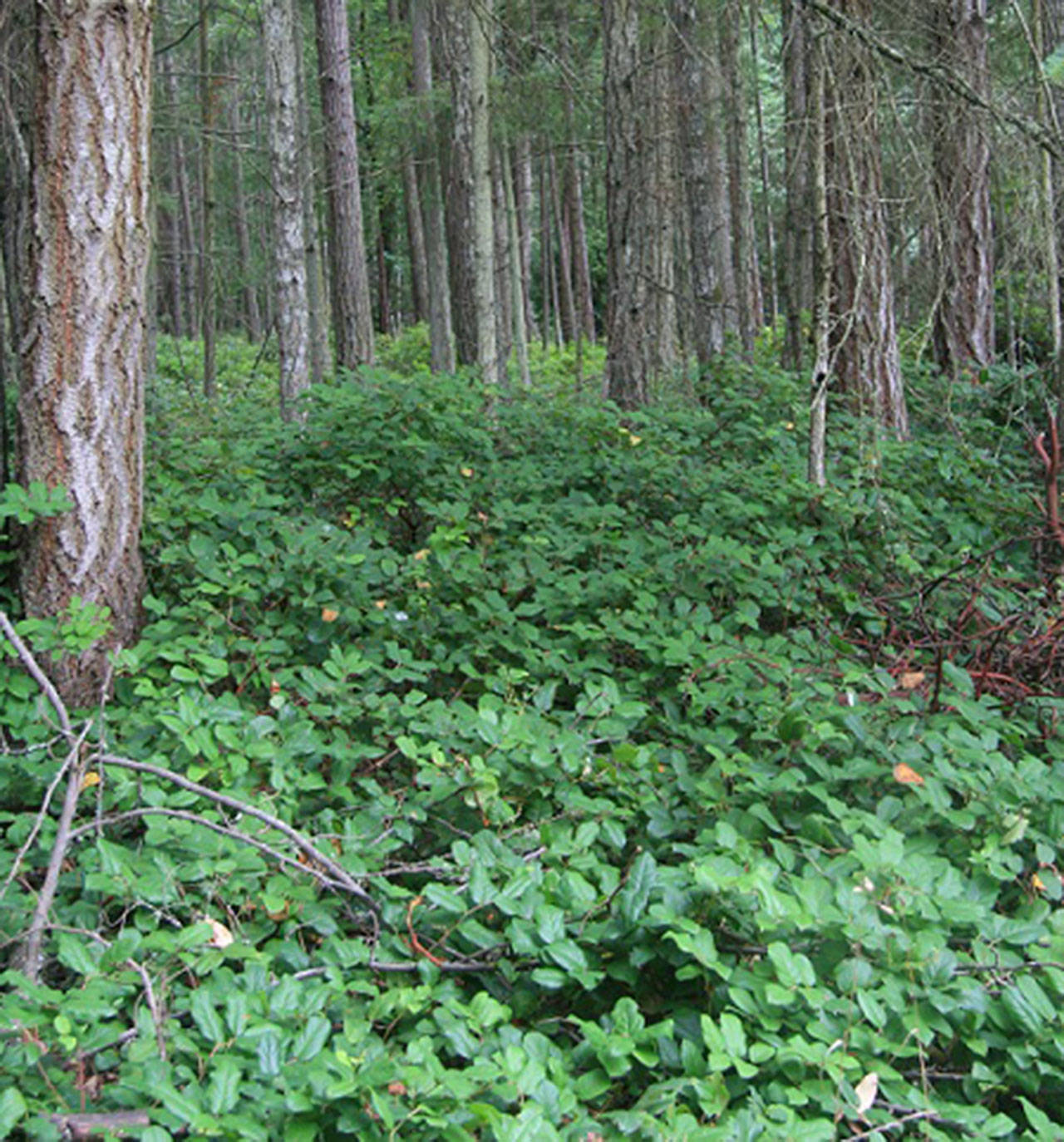By Toni Shiurba
Special to the Journal
Weeds have a bad rap but a strong grip. Gardeners everywhere struggle to dig, pull, or poison these irksome plants. I have been no different, until the enormity of the task whacked me on the side of my head. Surveying my property from a fresh perspective, I saw the potential of newfound riches. These plants weren’t just irritants to be battled. No, some of them were green goddesses of nutrition to be loved and cared for.
Take the lowly Dandelion. Colored brilliantly butter yellow in dense petal clusters surrounded by devilishly scalloped leaves, they make their appearance in the spring. This year I welcome them. Why you ask? Golden blond flowers pop up willy-nilly and add sparkle to the green lawn or brown soil. They don’t cost me anything, especially if I don’t labor to uproot all of them. After a rain, I take to eliminating some and leaving others to accent my landscaping efforts and fortify my body.
These little beauties have massive, deeply entrenched roots that snap when you tug them. Quite miraculous little nutrient gatherers, one might comment. For when they tunnel down through packed soil, they act like the “Big Bertha” of compacted earth, sucking minerals and nutrients up from the untapped depths.
I have taken to harvesting some of the young leaves and golden flowers to munch on while tending the rest of my brood. I have added them to thinly sliced carrots and red onions for a delicious, sizzling sauté. Waste not, want not.
As far as eradicating them, you might as well give your blood pressure a break. Try some full strength white vinegar in a pressurized sprayer for some assistance. When the forecast is for a string of several sunny days, spray the ones that just have to go and walk away. The vinegar is mildly acidic and will travel down the root killing the plant as it goes. You may need to repeat this process but hey, at least you are standing upright!
Wild plants tell us about the earth they thrive in. Lots of Dandelions means your soil has iron, phosphate and potassium but is low in calcium. From composting experience, I know that eggshells, dried and cracked into small pieces, can add vital calcium back into the soil. Dandelions give your body a rush of protein, Vitamin A, C, and E, potassium, lecithin, magnesium, boron and zinc. I could list more but you get the point. They are nutritious!
Lady Fern, nettle and salal flourish in acidic soils. The fiddleheads or young growth of Lady Ferns I have boiled to make an asparagus-like treat. Nettle, too, when carefully picked and boiled, then sautéed in butter is mild-flavored and reminiscent of spinach. Really, it’s delicious and the prickles are inactivated by the boiling process. Just remember to wear gloves to pick them or, if you are brave and very careful, you can pluck them with bare hands. Just hover over the top of one with enough clearance from any of its friends and reach over the top few inches straight down to pinch it off.
The most prolific Washington weed, at least in the western part of the state, is Salal. In my mid-twenties, I lived on Cortes Island, B.C. and learned how to earn a few bucks cutting decorative sprigs of this lovely green bush. With snow on the ground, I joined some locals snipping twigs of a “just so” configuration and bundling them with string. We took a small ferry to Campbell River on Vancouver Island. A florist in town happily inspected and weighed our harvest. Living on the edge, I found the experience profitable. After the ferry fare, the salal put $75 in my army pants pockets and forged a new friendship with this island family.
Salal grows anywhere and can withstand being devoured by deer, suffocated by dust and deprived of moisture during long, summer droughts. From personal experience, I’ve learned it can even survive being ripped out by over-zealous gardeners. Gaultheria shallon, the scientific name for salal, is found growing in evergreen forest, in thickets, or out in the open in coastal areas and is a wanted or not groundcover nature provides many island gardeners.
Last year, I harvested the berries from salal just to eat as I worked. The bushes in the most sun seemed to have sweeter berries. The flavor was surprisingly yummy. Texture changes quickly as the berries mature, becoming mushy and more difficult to harvest. This year I will add some to my frozen blackberry stash and try a lemon, brown sugar and berry jam.
So stop wrestling with the hardy, vigorous plants nature provides. There’s a reason they are so successful and prominent. Take a breath and find the potential in what is given. And remember, weed not, want not!



